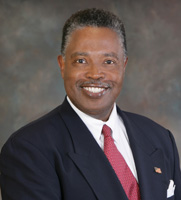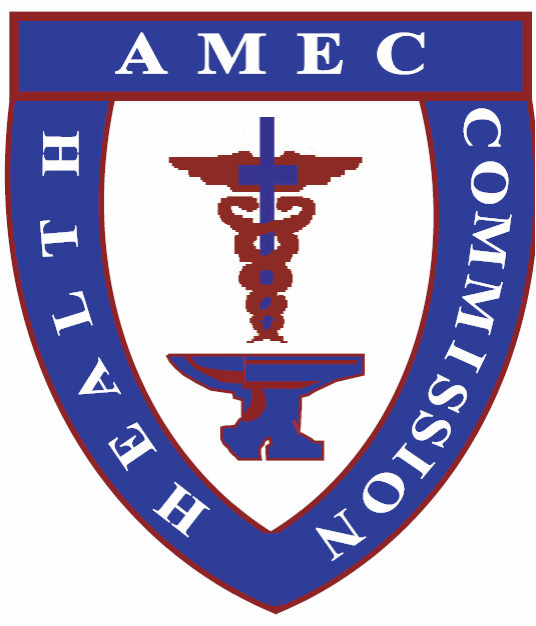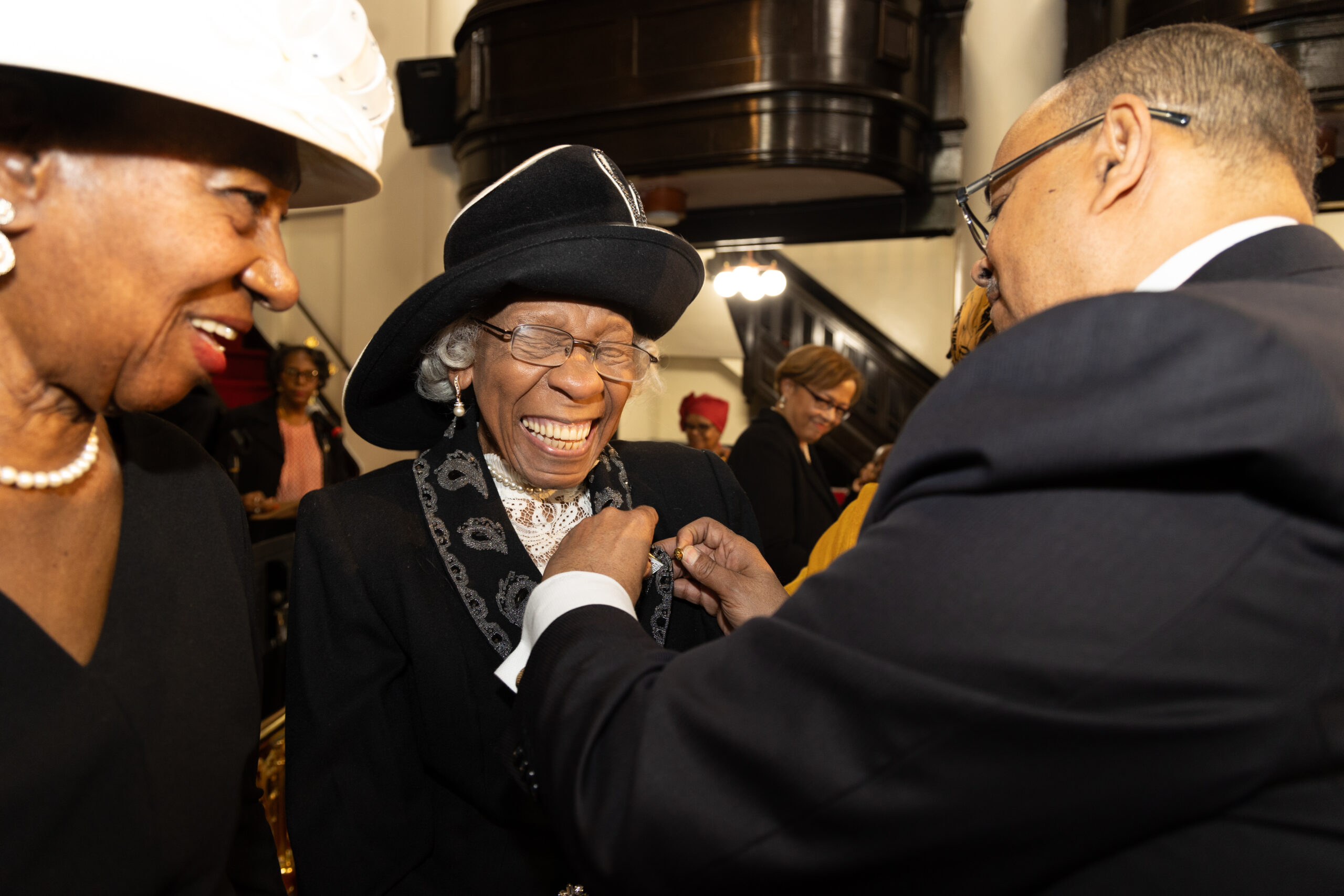Will NIL Agreements Create An Uneven System In College Athletics? It’s Too Early To Tell.
By James B. Ewers Jr., Ed.D.
If you were blessed to have attended college on an athletic scholarship, you did not have to worry about student loans. You did not have to go to the bursar’s office to work out a payment plan because the heavy lifting created by inadequate finances was not a part of your college experience. You may have seen some of your college friends leaving campus because they did not have enough money, but as one attending on an athletic scholarship, you made full use of the scholarship to graduate from college–I know I did.
I enjoyed my time as a student-athlete. Upon reflection, I did not feel any pressure to win. I did my part as a good teammate and conducted myself well when not competing. The key to success was simple: excel academically and athletically.
Having good grades was important. Without them, you could not maintain your eligibility, which jeopardized your athletic scholarship. There were no add-ons to your scholarship during my time as a scholar-athlete. Of course, that was then; today is quite different.
A breakthrough in financial opportunity for college athletics has been NIL (name, image, and likeness) agreements. Since 2021, these agreements have become more widespread and are quite lucrative for college student-athletes. Those who emerge as top-tier athletes will likely get some NIL agreement. As a result, some student-athletes will become millionaires before they complete their undergraduate education. I am happy for them, yet some questions are popping up about NIL agreements. One question is how these agreements will be legislated. At this time, there is no legislation associated with NIL agreements. I suspect it will not be long before the NCAA and Congress step in to review the structure of these agreements and implement some type of check and balance system.
Some critics think that some athletes who get NIL deals will choose not to pursue a professional sports career. Of course, purists will say that elevating to the professional ranks is considered the pinnacle of sports achievement. We will have to see the options that become available.
Another question hovering in the student-athlete air space is about attaining a college degree. Is that still important? In days gone by, college student-athletes did get their college degrees. They did not go to school with the primary goal of going to the professional ranks. Has it changed? The answer is no! According to the standard federal graduation rate, 69% of Division I student-athletes graduate within six years. Less than 2% of NCAA student-athletes go on to play professional sports. However, will these NIL agreements play some role in the graduation numbers in the future? This topic is sure to garner a lot of debate and questions.
Currently, most NIL agreements are with student-athletes who play basketball and football. What about student-athletes who play other sports? Current records show that Emily Cole (Duke University\track and field), Livvy Dunne (LSU\gymnastics), Xolani Hodel (Stanford University\women’s beach volleyball), and Reilyn Turner (UCLA\women’s soccer) have NIL agreements. I predict that college student-athletes in all sports will eventually get these agreements.
There will be plenty of conversations about what is best for student-athletes. It will be vitally important to have them at the decision-making table. They must have a seat at the table and voices that must be heard.
Stay tuned because 2024 may bring many more questions than answers.





